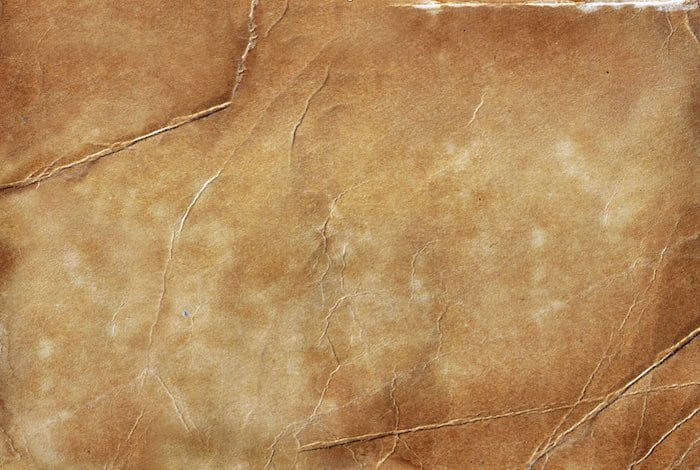Salter-Harris Classification
Description
Salter-Harris classification of fractures describes injuries involving the epiphyseal plate of any bone. Epiphyseal injuries are significant in patients who are still ‘growing’ and significant complications, such as disturbance of growth, are avoided by recognition of such an injury to the epiphyseal plate
History of the Salter-Harris Classification
1963 – Salter and Harris collaborated on the classification of fractures that affect the epiphyseal plate. The purpose of their classification system was to improve the Medical Practitioner’s knowledge of the management for injuries to the epiphyseal plate and to avoid serious growth disturbances as a consequence of poor treatment
Harris insisted that his name should follow Salter’s, as he felt the basic science component he had researched had been far less than the clinical research Salter had performed.
1969 – Additions were made to the Salter-Harris classification by Salter’s associate, Mercer Rang. They were described as a rare injury produced by a direct trauma mechanism with injury to the periosteum or perichondrial ring. It was not specified whether the resulting growth plate disturbance was due to compression of the epiphyseal cells or ischaemia. It is also assumed that Mercer Rang was describing closed injuries as no mention of open trauma is documented.
1982 – Further additions were made to the Salter-Harris classification by JA Ogden. These types were described to involve the epiphysis, metaphysis and diaphysis separately and none involving the physis directly, with growth disturbance occurring occasionally. It has not gained as much use as the original Salter-Harris classification.
Classification
Salter-Harris types can be remembered by the mnemonic SALTR
- Slipped – I
- Above – II
- Lower – III
- Through/Transverse – IV
- Rammed – V
Associated Persons
- Robert Bruce Salter (1924-2010)
- W. Robert Harris(1922-2005)
Controversies
Further types of epiphyseal injuries have been subsequently added to the original description by Salter and Harris (1963) by Mercer Rang (1969) and JA Ogden (1982)
- Type VI epiphyseal plate injury – injury to the periphery of the epiphyseal plate with resultant bridging of the bone and early closure of the epiphyseal plate causing an angulation
- Type VII epiphyseal injury – localized to epiphyseal plate
- Type VIII epiphyseal injury – localized to metaphysis
- Type IX epiphyseal injury – periosteal injury
References
- Salter RB, Harris WR. Injuries involving the epiphyseal plate. Journal of Bone & Joint Surgery (American) 1963; 45(3): 587-622
- Rang M. The Growth Plate and Its Disorders. Livingstone, 1969
- Peterson CA, Peterson HA. Analysis of the incidence of injuries to the epiphyseal growth plate. J Trauma. 1972 Apr;12(4):275-81. [PMID 5018408]
- Ogden JA. Skeletal growth mechanism injury patterns. J Pediatr Orthop. 1982 Oct;2(4):371-7. [PMID 7142386]
- Cepela DJ, Tartaglione JP, Dooley TP, Patel PN. Classifications In Brief: Salter-Harris Classification of Pediatric Physeal Fractures. Clin Orthop Relat Res. 2016 Nov; 474(11): 2531–2537. [PMC5052189]
- Weissleder R, Wittenberg J, Harisinghani MGH, Chen JW. Primer of Diagnostic Imaging. Mosby

eponymictionary
the names behind the name
